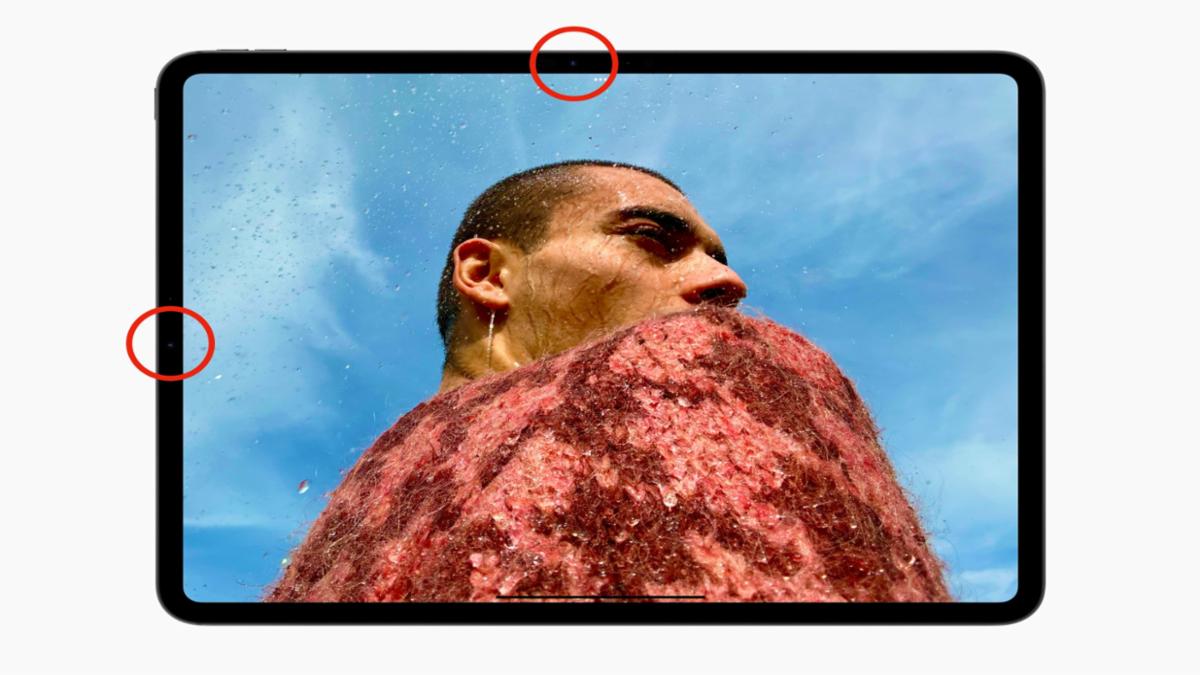Article Body
Apple’s choice to introduce a dual front-facing camera setup on the M5 iPad Pro wasn’t just an innovation — it was a statistically grounded reaction. Years of usage tracking, shifting design feedback, and evolving productivity habits pointed toward one disruptive flaw: video calling felt unnatural when the device orientation didn’t match user intent.
User Patterns and Device Behavior
Sales data in 2024 showed a strong 18% YoY growth for the M4 iPad Pro, riding high on its OLED display and thin profile. However, camera placement complaints surged 30% across tech forums and feedback portals, pointing toward a mismatch between hardware design and real-world use.
Confidential surveys (later mentioned in tech briefings) revealed that 45% of power users frequently switch between vertical and horizontal orientations during a single work session—creating friction during FaceTime, Zoom calls, and content recording.
Design Shift Timeline
-
2023: Front camera remained on the portrait edge.
-
2024: M4 relocated it to the landscape bezel for “natural conferencing” when docked. Pushback arrived quickly—from artists, students, and short-form video creators who relied on vertical framing.
-
2025: Apple course-corrects. The M5 iPad Pro introduces a front-facing dual camera system to accommodate both orientations on one device.
Supporting the Pro Ecosystem
The hardware change complements iPadOS 26’s update, which now supports advanced multitasking in resizable windows and persistent background operations. Professionals using the iPad as a laptop replacement or production station benefit from the freedom to reorient without sacrificing camera utility.
Statistical Highlights
-
41% of commercial tablet purchases in North America (Q1 2025) were iPad Pro models.
-
62% of creative professionals ranked camera placement among their top three productivity requirements.
-
Among hybrid workers, 3 in 5 reported "regular frustration" with previous single-orientation setups during remote meetings.
Conclusion
Apple’s new dual-camera strategy isn’t aesthetic—it’s functional. It reflects an adaptive approach to user behavior, backed by usage analytics and professional needs. As iPadOS 26 leans into multitasking and AI integration, the dual front camera affirms Apple’s broader intent: aligning form and function to how people actually use their devices in 2025.
